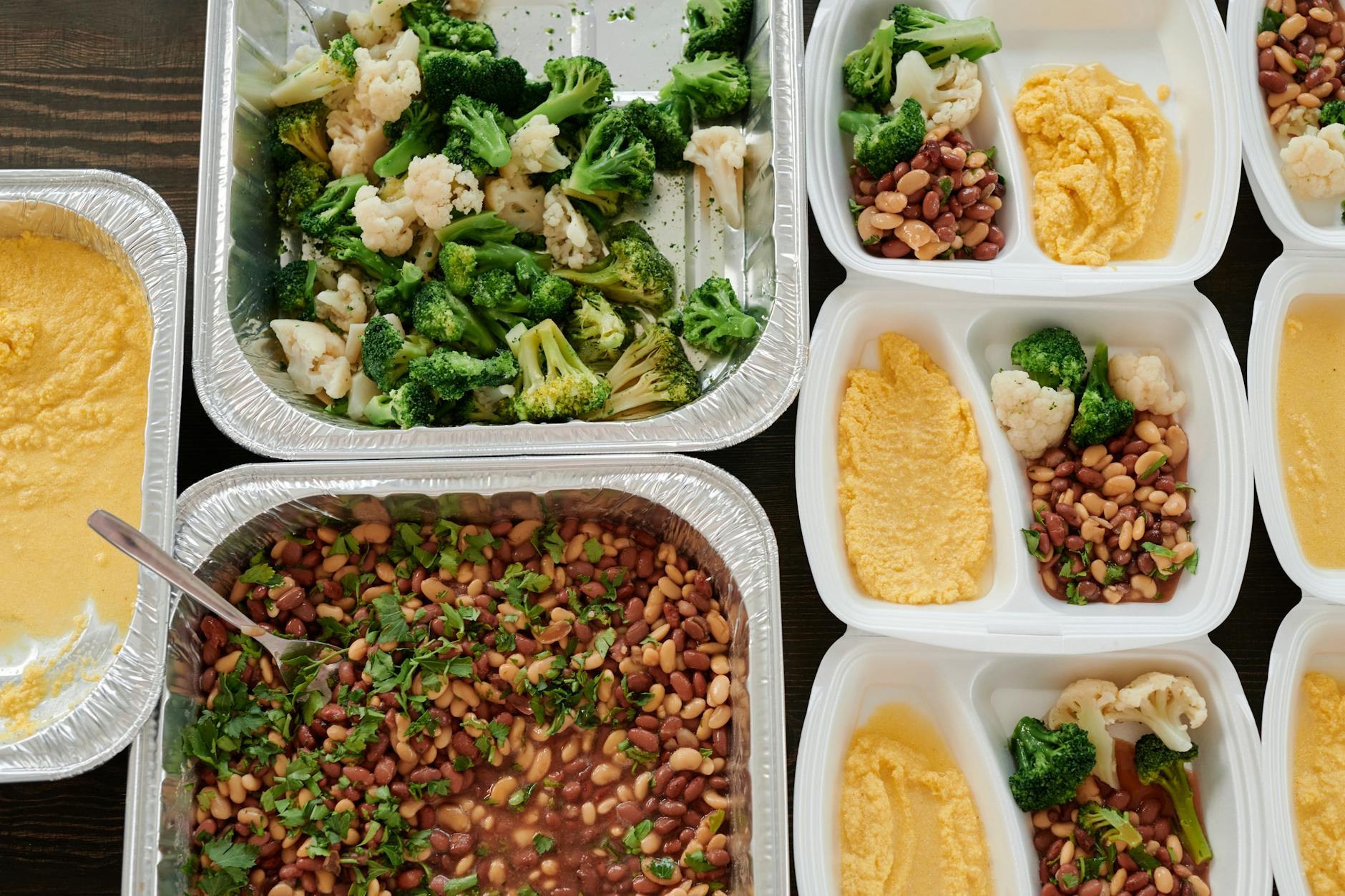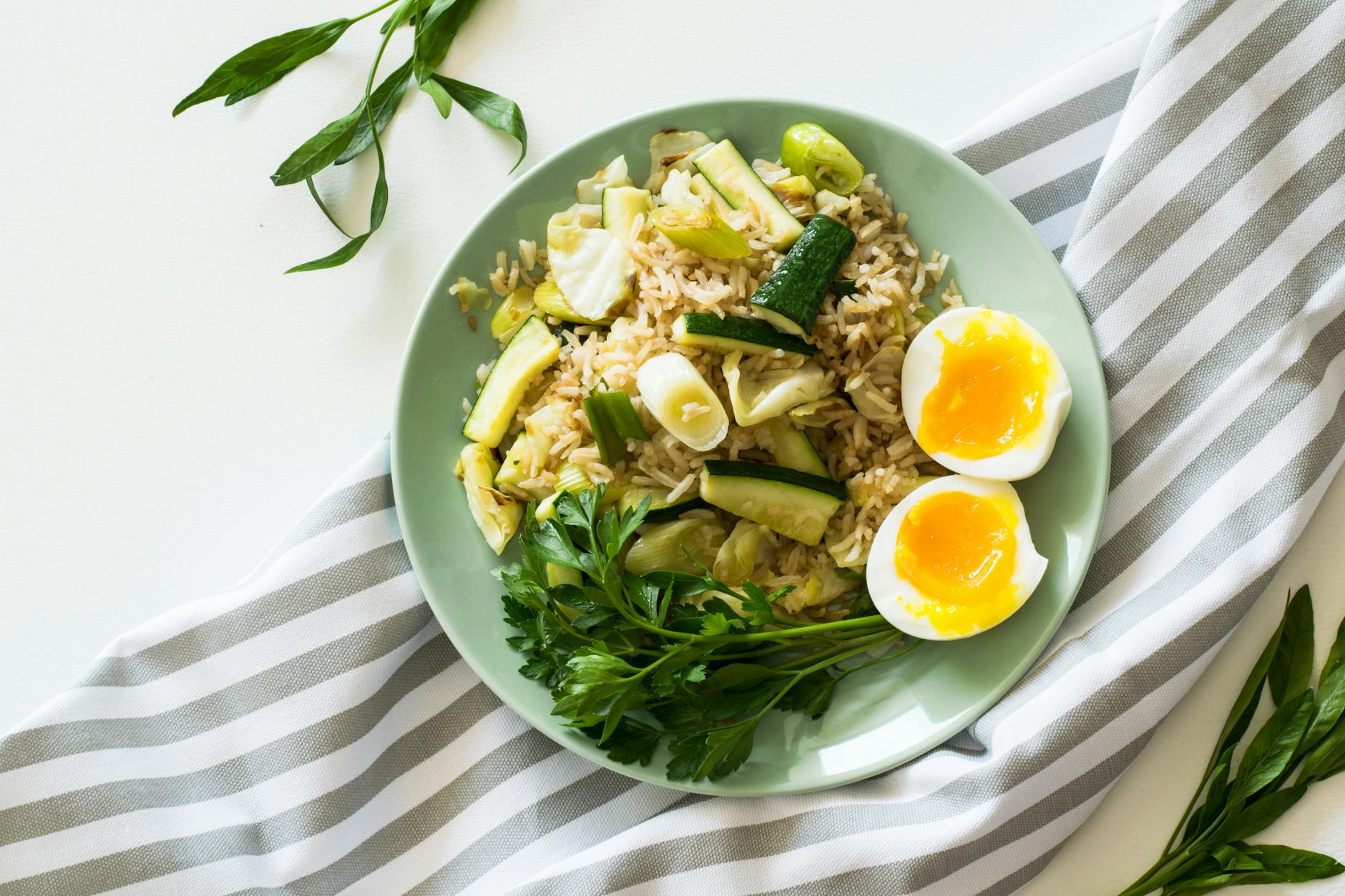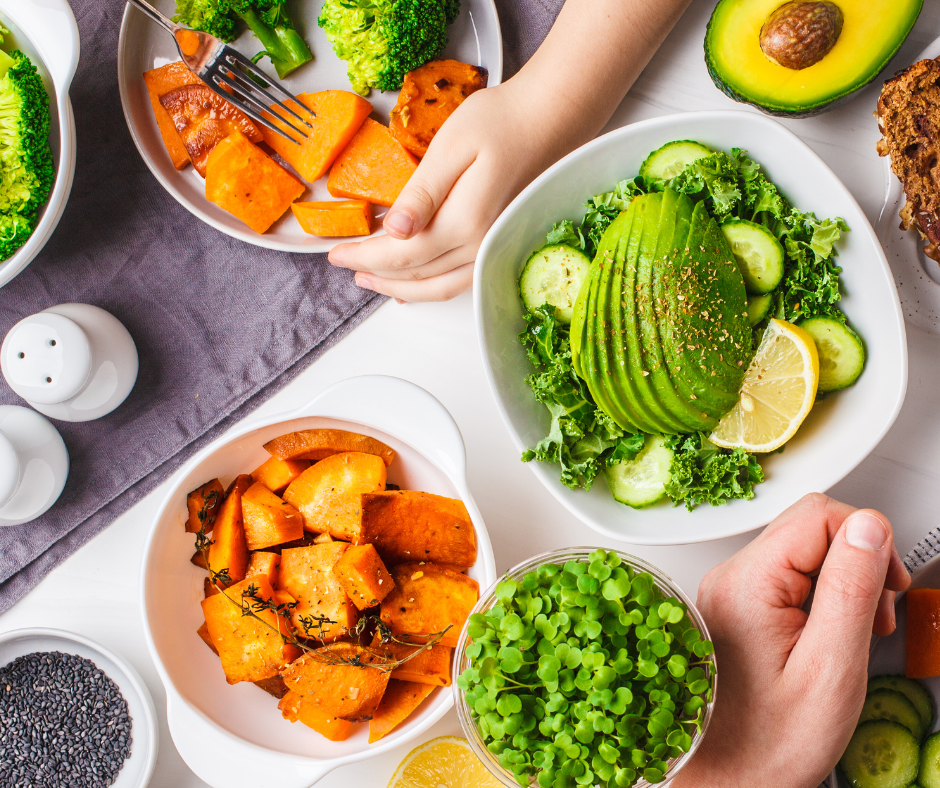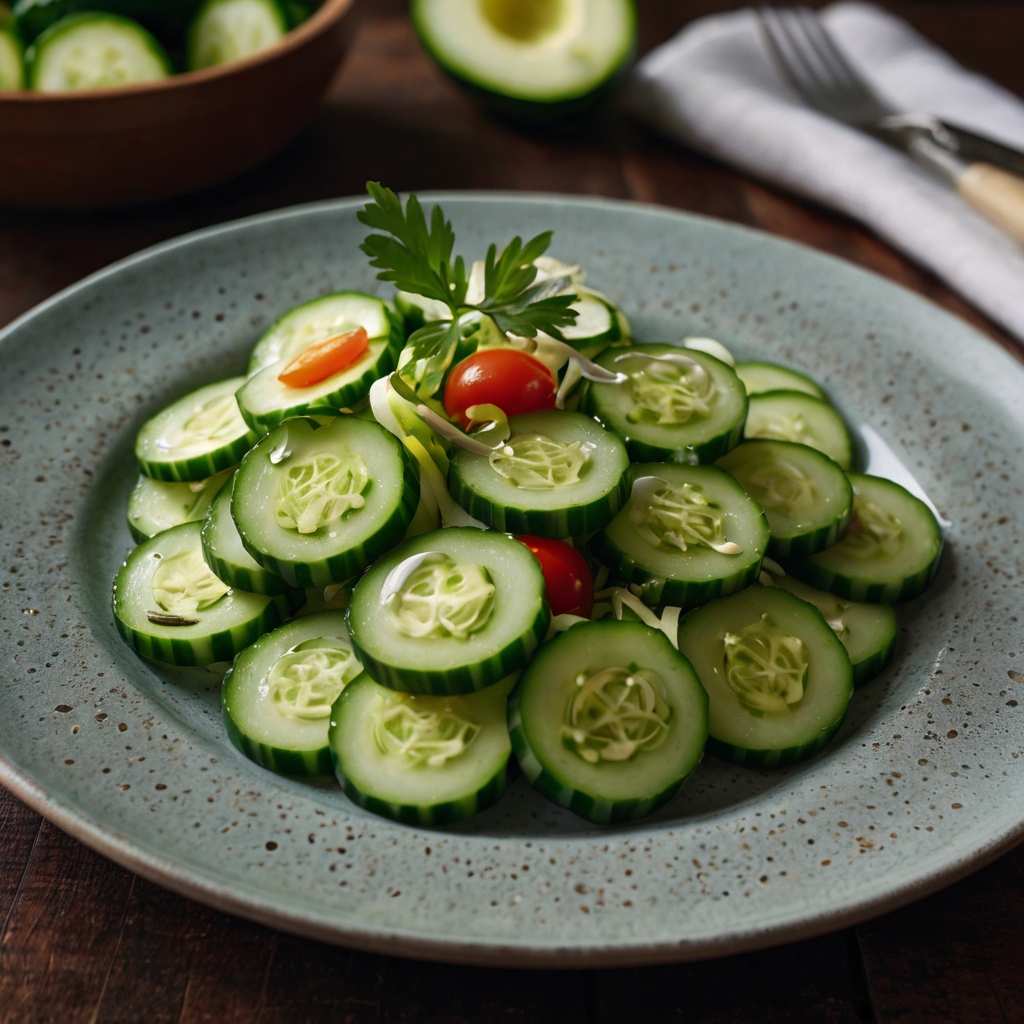Eating enough protein doesn’t have to break the bank. For many, hitting 100 grams a day might feel like a pricey challenge, but it’s completely doable on a tight budget. With the right choices, you can fuel your body without overspending. This guide will show you how to meet your protein needs every day for less than $5, using simple, affordable foods that are easy to find. Achieve your protein target effortlessly! This guide breaks down how to eat 100g of protein every day with high-protein meals, easy recipes, and smart nutrition tips
Understanding the Importance of Protein
Protein is one of the most essential nutrients your body needs, acting as the cornerstone for muscle repair, hormone production, and overall energy. Whether you’re aiming to build strength, lose weight, or improve daily health, understanding the role of protein is critical. Let’s break it down.
Why 100g Protein is a Standard Goal
Setting a goal of consuming 100 grams of protein per day is common for those pursuing fitness, weight loss, or simply a well-rounded diet. But why this number? For starters, protein supports muscle repair and growth, making it integral if you’re active, lifting weights, or recovering from injury. It also enhances satiety, reducing the likelihood of overeating during the day—a huge benefit when trying to manage your weight.
For most individuals, 100 grams represents a measurable, realistic target while offering enough to meet increased demands. Research suggests consuming more protein can also help stabilize energy levels throughout the day. This is particularly beneficial given how protein takes longer to digest compared to carbohydrates, preventing sudden energy dips.
If you’re not aiming for bodybuilding-level macros, 100 grams is still a healthy sweet spot, particularly when divided across meals and snacks. Keep in mind, though, your needs might vary based on factors like age, gender, and activity level.
Learn more about why protein matters in your diet in this helpful guide from Piedmont Healthcare.
Protein Needs Based on Lifestyle
While 100 grams is a solid goal for many, your lifestyle and activity levels ultimately determine your exact protein needs. Here’s a quick overview to help tailor your intake:
- Sedentary Lifestyle (Little to No Physical Activity):
- If you’re not physically active, your protein needs are lower. Experts recommend about 0.8 grams of protein per kilogram of body weight (about 0.36 grams per pound). For the average sedentary adult, this translates to roughly 50–60 grams daily.
- Active Individuals (Moderate Activity):
- People with moderate activity levels, such as walking daily or light exercise 3–4 times a week, need slightly more protein. Aim for 1–1.2 grams per kilogram of body weight to fuel your muscles and aid recovery.
- Highly Athletic or Strength Training:
- Athletes, including those involved in strength training or endurance sports, require significantly more protein. Recommendations range from 1.5–2 grams per kilogram of body weight. This helps repair and build muscle after intense workouts while supporting performance.
For a more detailed breakdown on how much protein you need, this Harvard Health article provides additional context.
It’s important to note that excessive protein isn’t always better. Your kidneys process excess protein, and if you’re consuming more than your body needs without balancing it with other nutrients, it can cause unnecessary strain. Always aim to keep your macros balanced and aligned with your lifestyle.
Principles of Budget-Friendly Nutrition
When you’re on a tight budget, nutrition can feel like a challenging puzzle. But with the right mindset and strategies, you can enjoy well-balanced, protein-packed meals without overspending. Here, we’ll explore how thoughtful planning and smart choices can make all the difference.
The Importance of Meal Planning
Meal planning is often the secret weapon for eating well at minimal cost. Why? It ensures you’re buying exactly what you need, avoiding unnecessary splurges, and maximizing every ingredient. Without a plan, it’s easy to overspend or waste food, but with a strategy, you can stretch your dollars further.
Key benefits of meal planning include:
- Reduced food waste: By planning meals in advance, you buy only what you’ll actually use. Leftovers from one meal can be incorporated into the next, saving both time and money.
- Improved portion control: Knowing what you’re eating and how much you’ll prepare ensures you’re optimizing nutrition without overcooking or wasting food.
- Easier budgeting: Mapping out meals can highlight which ingredients you need to buy in bulk or on sale, helping you spend wisely.
For more on meal planning tips, check out this helpful guide from the Mayo Clinic.

Photo by Adonyi Gábor
Prioritizing Cost-Effective Protein Sources
Protein is the star of this strategy, and there are plenty of affordable options once you know where to look. Many of the most underrated protein sources are also the cheapest, making it easier to hit that 100g goal daily on a strict budget.
Here are some wallet-friendly protein choices:
- Eggs: Inexpensive, versatile, and loaded with high-quality protein. They’re perfect for breakfast, snacks, or even as meal enhancers.
- Lentils and beans: Packed with protein and fiber, these staples are incredibly cost-effective when bought dry or canned. Use them in soups, salads, or curries.
- Canned tuna or sardines: These options are affordable, high-protein, and shelf-stable, making them convenient for meal prep.
- Peanut butter: A favorite for its affordability, versatility, and calorie density. Spread it on toast or use it in smoothies for a quick protein boost.
- Greek yogurt: When purchased plain and in bulk, it’s an excellent protein source with no hidden sugars.
Want more ideas? This Healthline resource on cheap protein sources has a great list to expand your options.
Balancing Protein with Nutritional Variety
While protein is the focus of your goal, it’s equally important to ensure your meals are well-rounded. A surplus of protein without enough other nutrients can leave your diet unbalanced and less sustainable for the long term.
Consider these tips for balance:
- Include colorful vegetables: These provide essential vitamins, minerals, and fiber. Throw some frozen spinach into scrambled eggs or roasted carrots alongside lentils.
- Don’t skip complex carbs: Whole grains like oats, brown rice, and whole-wheat bread supply energy, making your meals satisfying.
- Healthy fats matter too: Foods like olive oil, avocados, and nuts can give you the energy and nutrients you need for a balanced plate.
A balanced plate isn’t just good for your health; it keeps meals exciting and fulfilling. Learn more about why balanced nutrition matters from this article by NHS.
Ultimately, balancing nutrition ensures you’re not just meeting your protein goal but also building meals with all-around benefits for your well-being.
Want to hit your protein goals without spending too much? Check out our guide on $5 Meal Recipes for Budget Cooking: Easy & Delicious Recipes on a Budget and discover affordable, high-protein meals that fit your budget!
Affordable Protein Sources to Reach 100g Daily
Protein is a cornerstone of a healthy diet, and you don’t have to spend a fortune to meet your daily needs. If you’re aiming for 100 grams of protein every day on a budget, there are multiple affordable options that pack plenty of protein per dollar. Let’s dive into cost-effective protein sources and how to use them in your meals.
Eggs: The Ultimate Budget Protein
Eggs are a protein powerhouse that won’t strain your wallet. On average, a single large egg contains about 6–7 grams of protein and costs less than 20 cents, making it one of the most affordable options available. A dozen eggs can provide 72–84 grams of protein for just a couple of dollars.
Their versatility makes them easy to incorporate into daily meals:
- Make scrambled eggs or an omelette with leftover vegetables for breakfast.
- Hard-boil a few eggs to stash in the fridge for quick snacks.
- Use eggs to enrich rice or noodle dishes for a protein boost.
For more details on the nutritional value of eggs, this Healthline article breaks it down further.
Canned Tuna and Sardines
Canned fish like tuna and sardines deliver exceptional value. A 3-ounce can of tuna has around 20 grams of protein, while a standard can of sardines offers 18 grams of high-quality protein along with omega-3 fats. Best of all, these options generally cost under $2 per can, making them budget-friendly and shelf-stable for easy storage.
Ways to enjoy these include:
- Mix canned tuna with a little mayo and chopped celery for a protein-packed sandwich or wrap.
- Add canned sardines to pasta for a high-protein dinner.
- Use them to top salads or crackers for a quick snack.
For a nutritional comparison of sardines and tuna, check this resource from EatingWell.
Legumes like Lentils and Chickpeas
Legumes such as lentils and chickpeas are among the most affordable and nutritious protein sources. One cup of cooked lentils provides 18 grams of protein, while the same amount of chickpeas offers about 15 grams. A pound of dried lentils costs around $1 and can yield multiple servings, making it incredibly cost-effective.
Easy ways to include them in your diet:
- Prepare a simple lentil soup with onions, carrots, and garlic.
- Make chickpea-based curries or toss them into salads.
- Blend cooked chickpeas into hummus for a versatile snack or meal addition.
Discover more about legume protein content in this resource from Healthline.

Photo by Anna Tarazevich
Affordable Dairy Products: Yogurt and Cottage Cheese
Both yogurt and cottage cheese are rich, affordable protein options. A cup of plain Greek yogurt contains ~20 grams of protein, while 1/2 cup of cottage cheese delivers about 14 grams. Costs vary based on the brand and store, but buying in larger tubs instead of individual servings can help you save more.
Here’s how you can get creative with these dairy options:
- Use Greek yogurt as the base for smoothies, or pair it with fruit for a quick breakfast.
- Spread cottage cheese on toast or crackers as a protein-rich snack.
- Layer them into meals, such as yogurt parfaits or as a topping for baked potatoes.
This EatingWell guide offers more insights on their nutritional benefits.
Plant-Based Options: Tofu and Edamame
Plant-based proteins like tofu and edamame are ideal for those on a budget. A block of tofu (14 ounces) costs around $2–3 and contains about 9 grams of protein per 3.5 ounces. Similarly, a cup of edamame offers 17 grams of protein.
Quick ways to prepare these proteins include:
- Stir-fry tofu with soy sauce and vegetables for a quick meal.
- Roast edamame with a sprinkle of salt for a crunchy snack.
- Add tofu to soups or stews for extra protein and texture.
For more information on the nutritional profiles of tofu and edamame, explore this nutrition comparison from Souper Sage.
When it comes to eating 100 grams of protein per day for under $5, these budget-friendly staples make it easier than you’d think! Each one offers flexibility, affordability, and of course—a solid protein punch.
Practical Daily Meal Ideas Under $5
Eating protein-packed meals without overspending is easier than you think. With a little planning, you can enjoy satisfying, nutrient-dense meals throughout the day while staying within a tight budget. Here’s how to craft high-protein breakfasts, lunches, dinners, and snacks—all for under $5.
High-Protein Breakfasts: Quick and Affordable Options
Starting your day with a high-protein breakfast doesn’t have to be expensive. Here are a few ideas to kick off your morning while hitting your protein goals:
- Egg Scrambles: A couple of scrambled eggs with a handful of spinach and a sprinkle of shredded cheese can give you around 18–20 grams of protein. Add a slice of whole-grain toast for extra energy. Eggs are particularly budget-friendly, costing less than 20 cents each!
- Yogurt Bowls: Use plain Greek yogurt and top it with sliced banana or a handful of oats. This combination can provide up to 25 grams of protein, depending on the portion size.
- Oatmeal with Added Protein: Cook your oats with low-fat milk and stir in a dollop of peanut butter or a sprinkle of protein powder. This hearty meal offers 15–20 grams of protein and keeps you full for hours.
For more affordable breakfast options, explore these inexpensive high-protein breakfast recipes.

Photo by Julia M Cameron
Filling Lunches with Diverse Protein
Lunch is the perfect time to explore affordable yet protein-packed meals that keep you going through the day. Here are a few power-packed ideas:
- Tuna Salad: A can of tuna (20g of protein) mixed with a dollop of mayonnaise, diced celery, and served on whole-wheat bread or lettuce wraps makes for a healthy and affordable lunch option.
- Lentil-Based Stews: Lentils are a budget staple. Simmer them with carrots, onions, and a touch of tomato paste for a filling stew that packs 18 grams of protein per serving.
- Egg Salad Wraps: Mash hard-boiled eggs with a touch of Greek yogurt and seasonings, then roll it into a wrap. You’ll get approximately 20 grams of protein in this easy, portable meal.
Find more inspiration for protein-packed lunches with this collection of affordable high-protein meal ideas.
Simple High-Protein Dinners
Dinner doesn’t have to be complicated or costly to deliver the protein you need. Here are a few budget-friendly dinner ideas:
- Stir-Fried Tofu with Vegetables: Cube a block of tofu (9g protein per serving) and toss it in your choice of sauce along with some frozen vegetables. Serve it over a small portion of rice or quinoa for a complete meal.
- Baked Eggs with Legumes: Crack a couple of eggs over a pre-seasoned black bean or chickpea base, top with a sprinkle of cheese, and bake it in the oven for a nutrient-dense dinner that offers more than 20 grams of protein for under $2.
- Ground Turkey Lettuce Wraps: Sauté ground turkey with garlic and spices, and serve in lettuce wraps. Add a side of roasted sweet potato to round out the meal.
Discover more budget-friendly dinner recipes in this list of cheap high-protein dinners.
Snacks to Boost Protein Intake
Don’t overlook the importance of snacks to help you meet your daily protein goals. These affordable options are perfect for mid-day energy:
- Cottage Cheese with Fruit: A half-cup of low-fat cottage cheese provides 14 grams of protein and pairs perfectly with fresh or canned fruit for a sweet-and-savory snack.
- Boiled Eggs: Hard-boil a batch of eggs at the start of the week for a quick grab-and-go snack. At approximately 6 grams of protein each, they’re an unbeatable choice for under $1.
- Edamame: Steam a cup of edamame for a nutritious snack with 17 grams of protein. Sprinkle it with a little sea salt to satisfy your cravings.
- Peanut Butter and Apple Slices: Smear a tablespoon of peanut butter on apple slices for a fiber-filled, protein-rich bite without breaking the bank.
Check out more budget-friendly, high-protein snack ideas in this guide to cheap protein sources.
By incorporating these meals and snacks into your routine, you’ll easily hit your daily protein target while keeping your grocery budget on track! Stay tuned for more tips and recipes in the next section.
How to Eat 100g of Protein Every Day: Easy and Effective Strategies
Consuming enough protein daily is essential for muscle growth, fat loss, and overall health. If you’re wondering how to eat 100g of protein every day, the key is planning your meals with high-protein foods and strategic snacking.
1. Plan High-Protein Meals for the Day
To reach 100g of protein, include a good protein source in every meal. Here’s a simple breakdown:
- Breakfast: Scrambled eggs (3 eggs) + Greek yogurt – 35g protein
- Lunch: Grilled chicken (150g) + quinoa – 40g protein
- Dinner: Salmon (100g) + steamed veggies – 30g protein
2. Choose the Best Protein Sources
Not all proteins are created equal. Here are some of the best sources to help you hit 100g daily:
- Animal-Based: Chicken breast (31g/100g), eggs (6g per egg), salmon (25g/100g)
- Plant-Based: Tofu (10g/100g), lentils (18g/cup), quinoa (8g/cup)
- Dairy & Supplements: Greek yogurt (20g/cup), whey protein (25g/scoop)
3. Use Protein Snacks to Boost Your Intake
High-protein snacks are a great way to reach your goal without overeating. Some excellent options include:
- Protein bars (20-25g protein per bar)
- Cottage cheese (½ cup – 14g protein)
- Boiled eggs (2 large – 12g protein)
4. Consider Protein Supplements If Needed
If you’re struggling to meet your daily protein target through food alone, protein powders can help. Mixing a scoop of whey protein (25g) with milk or water is a quick and easy way to boost your intake.
By following these strategies, you can easily eat 100g of protein daily, support muscle recovery, and maintain overall health.
Tips to Stay Consistent with a Budget-Friendly High-Protein Diet
Eating 100 grams of protein daily on a budget is achievable, but consistency is key to making it work long-term. Let’s break down actionable tips to help you stick to a high-protein diet without overspending, focusing on how to maximize resources and maintain variety.
Understanding Sales and Discounts
Taking full advantage of sales and discounts can significantly lower your grocery bill, especially when it comes to protein-rich foods. It’s all about timing and sourcing:
- Check Weekly Deals: Supermarkets and online grocery stores often release weekly ads or digital coupons. Watching for marked-down items like eggs, greek yogurt, or canned tuna can cut costs. Apps like Flipp can help you track sales in your area.
- Shop Clearance Items: Stores often discount meats, dairy, and protein bars nearing their sell-by date. These items are still safe to consume if you use or freeze them quickly.
- Buy in Bulk: Ingredients like lentils, beans, and oats are more affordable when purchased in larger quantities. Plan your meals around these staples to stretch your dollar.
For a full list of budget-friendly protein options, check out this Healthline guide.
Batch Cooking for Efficiency
Cooking in bulk can be a game-changer for both your wallet and schedule. Not only does it save valuable time during busy weeks, but it also helps you avoid splurging on expensive takeout.
- Cut Down on Cooking Time: Preparing a week’s worth of meals at once eliminates the need to cook daily. Roast a sheet pan of chicken thighs or bake a high-protein lentil casserole to portion out for several days.
- Reduce Waste: Batch cooking allows you to use entire packages of ingredients, leaving you with fewer leftovers that might spoil.
- Freeze for Later: Meals like chili, soups, or baked tofu cubes can be frozen in individual containers. This makes it easier to grab a protein-packed meal whenever you need it.
Read more about the benefits of this meal prep approach in this batch cooking guide.
Finding Creativity in Simple Ingredients
Eating the same meals day after day can get boring, but it doesn’t have to. With some creativity, you can turn simple and affordable ingredients into a variety of meals.
- Experiment with Spices: A basic item like chickpeas can transform depending on the seasonings you use. Add paprika for a roasted snack or curry powder for a warm stew.
- Repurpose Ingredients: Use one ingredient in multiple ways. For example, plain Greek yogurt can be eaten straight, blended into smoothies, or turned into a savory dip for veggies.
- Try Minimalist Recipes: Focus on meals with just a handful of ingredients to keep things fresh without being overwhelming. Think scrambled eggs with spinach one night, and an egg stir-fry with veggies the next.
For some inspiration, check out this list of minimalist recipes.

Photo by Lum3n
Consistency is the backbone of any dietary plan. With these strategies, you can stay on track toward your high-protein goals without budget burnout.
Conclusion
Eating 100 grams of protein daily for under $5 is absolutely achievable with planning, smart shopping, and a little creativity. By focusing on affordable staples like eggs, lentils, canned fish, and tofu, you can build meals that are both high in protein and packed with flavor. Incorporating budget-friendly tricks like meal prep, buying in bulk, and embracing variety ensures long-term success without burning out.
Healthy eating doesn’t have to cost a fortune. Start small, experiment with the options that fit your tastes, and make adjustments as you go. With these tips, hitting your protein goals while sticking to a budget can be both simple and satisfying. Ready to give it a try? Let us know your favorite budget-friendly protein source!


